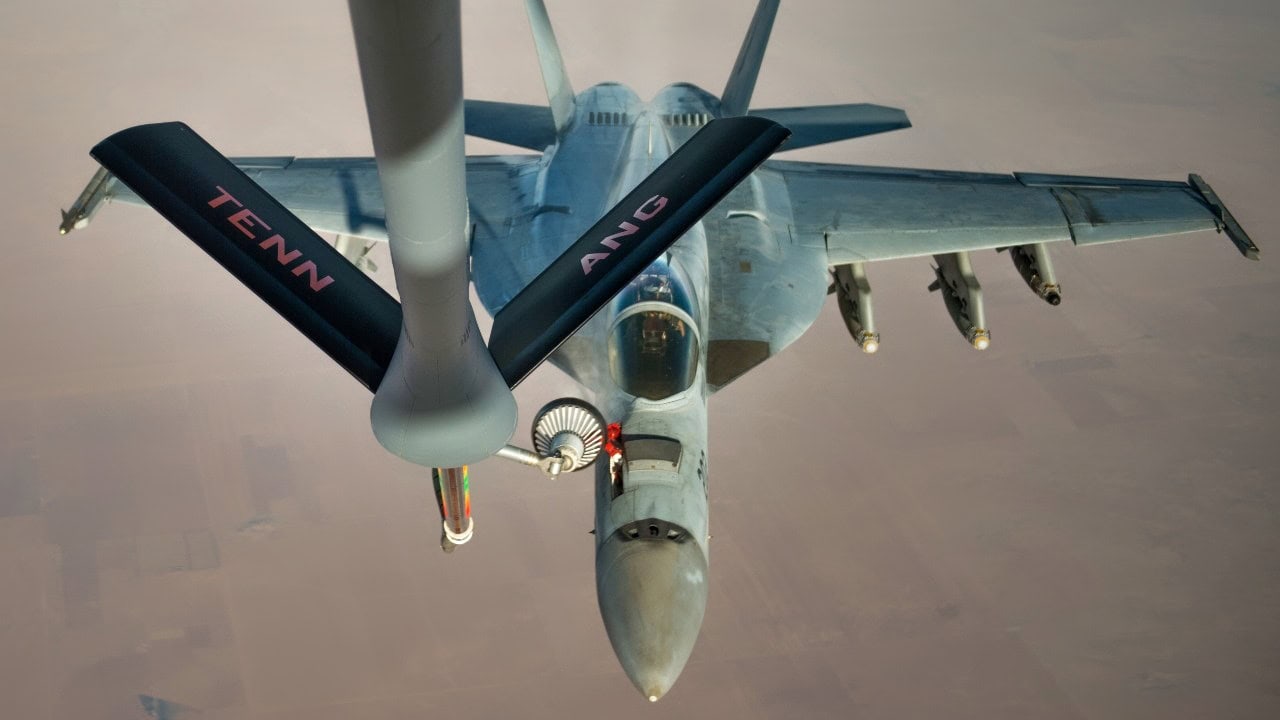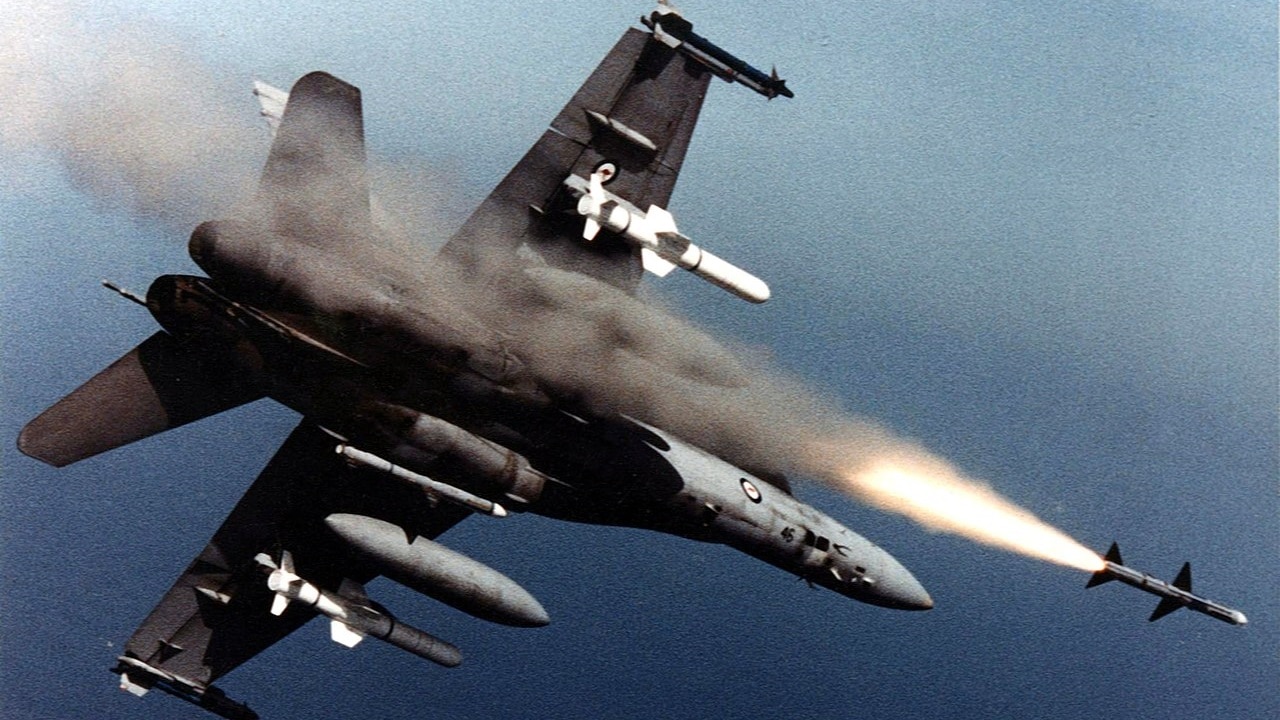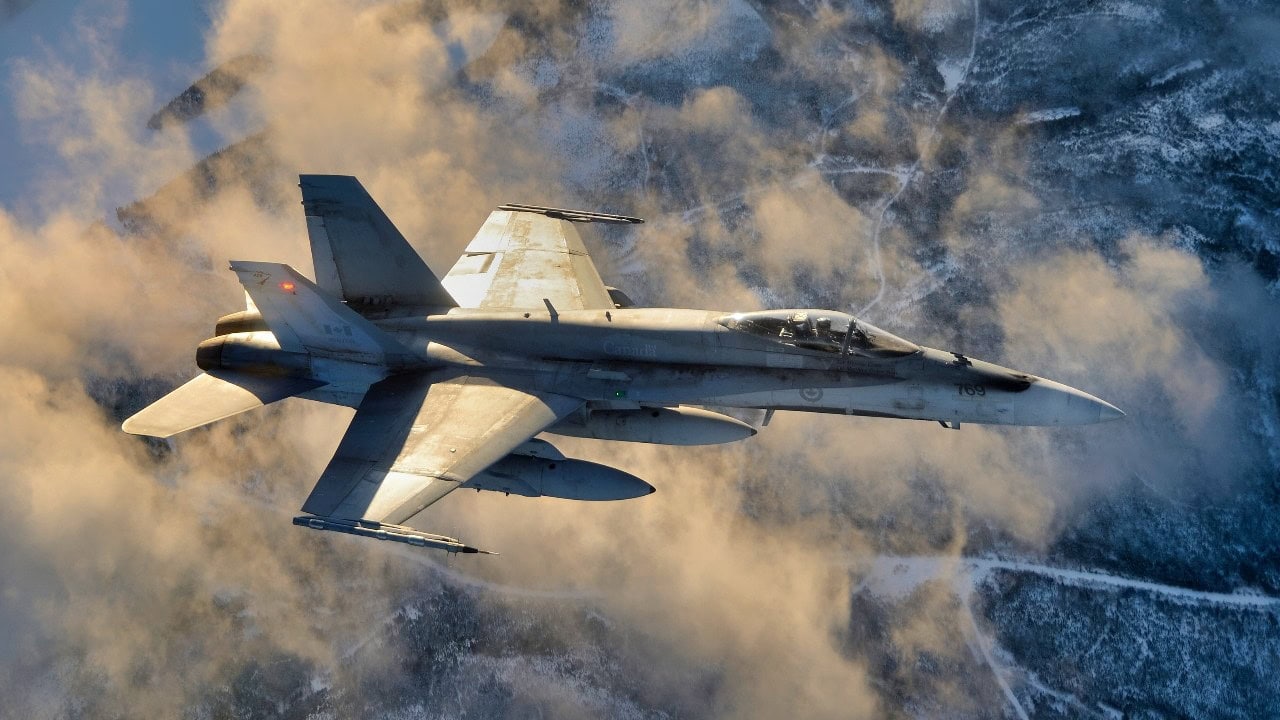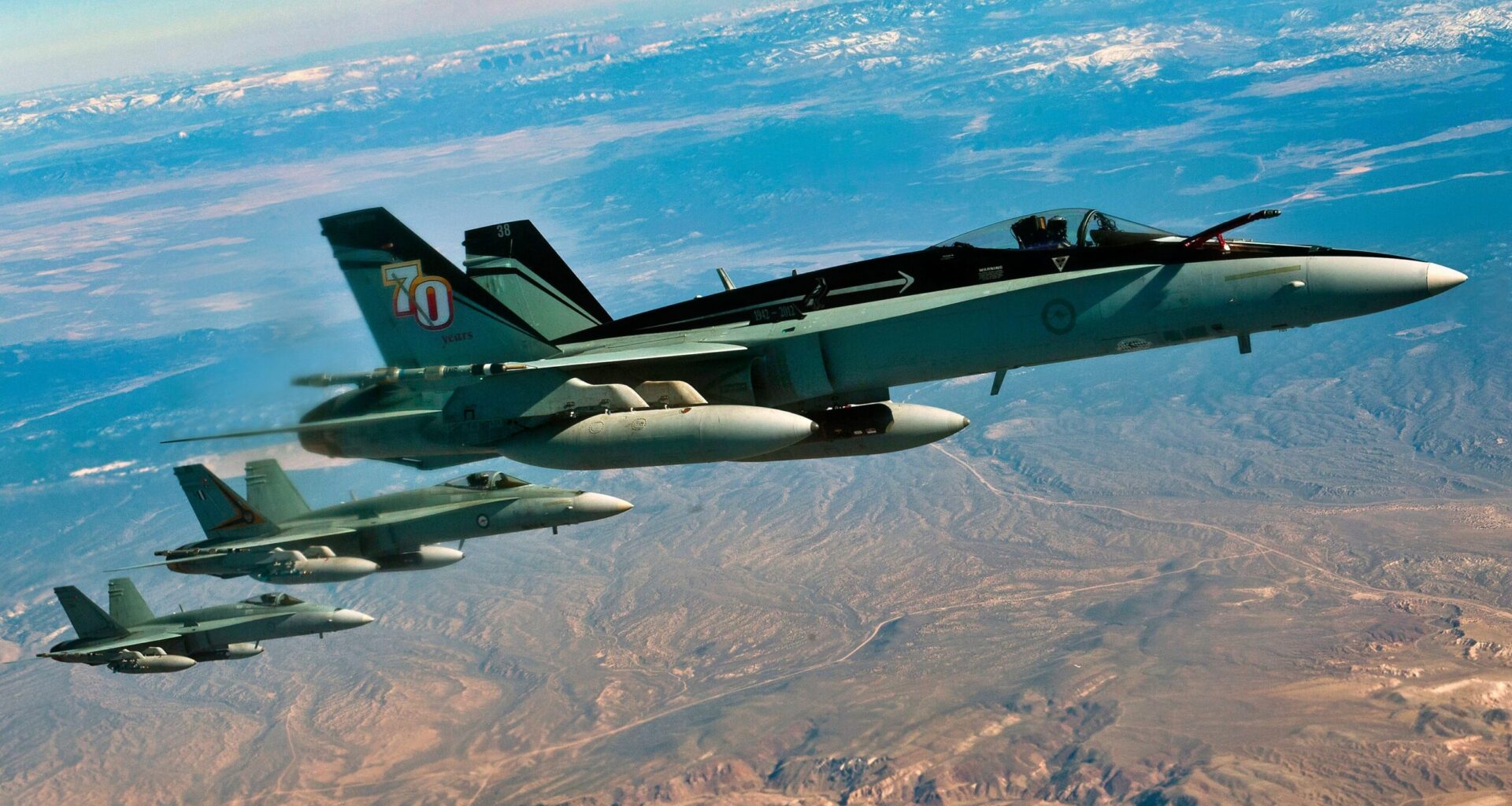Key Point – Canada’s 2019 decision to purchase 18 used F/A-18 Hornets from Australia served as a cost-effective interim measure to address the capability gap left by its aging CF-18 fleet and delays in securing a permanent replacement like the F-35.
-This “band-aid solution” aimed to bolster Royal Canadian Air Force numbers for NORAD and NATO commitments.

A U.S. Navy F/A-18 Super Hornet receives fuel from a KC-135 Stratotanker over Iraq in support of Operation Inherent Resolve Oct 17, 2016. The KC-135 provides the core aerial refueling capability for the U.S. Air Force and has excelled in this role for more than 50 years. (U.S. Air Force photo by Staff Sgt. Douglas Ellis/Released)
-While the Australian jets were compatible, their integration faced significant challenges and delays due to existing RCAF personnel shortages and resource constraints.
-The purchase highlighted Canada’s immediate needs but underscored deeper, unresolved issues within its defense procurement and force readiness.
Canada’s Buy of Australia’s F/A-18 Fighters: a History
It is no secret that Canada’s fleet of fighter jets is highly outdated and needs replacement. Unfortunately, replacing the RCAF’s CF-18 fighters has proven more difficult than first anticipated. After a controversial and delayed bid to acquire the F-35, Canada still has no solution to replace their CF-18s. One interim solution that the RCAF undertook was to buy other F/A-18 aircraft from the Royal Australian Airforce (RAAF). This solution provided a slight windfall for Canada but did not fix all the underlying problems that the RCAF faces.
Australian F-18s for Canada
The Canadian government made the decision to purchase Australia’s FA/18s back in 2019. Australia was also in the middle of a program to replace its F-18s with F-35s and was willing to sell its used Hornets to Canada. The timeline for delivering and integrating the Australian F/A-18s was relatively short. The US transferred the first 20 aircraft to Canada in February 2019, and the final five aircraft were delivered by April 2021.
This expedited timeline allowed the RCAF to quickly enhance its fleet and maintain operational capabilities. Some of these jets were stripped for parts in order to maintain Canada’s supply of spare equipment.
Canada’s existing fleet of CF-18 Hornet fighter jets, originally acquired in the 1980s, was aging and facing increasing maintenance challenges. The Royal Canadian Air Force (RCAF) needed to ensure it could meet its commitments to NORAD (North American Aerospace Defense Command) and NATO. The capability gap arose from the inability to simultaneously fulfill these obligations with the existing fleet. Acquiring additional F/A-18s from Australia provided an interim solution to bolster the fleet until it could procure a permanent replacement.
Why Canada Needed More F-18s
The Canadian government recognized the urgency of addressing the capability gap while working towards acquiring a new fleet of fighter jets. The purchase of 18 used F/A-18s from Australia was seen as a practical interim measure. This allowed Canada to maintain operational readiness and continue to fulfill its defense commitments without waiting for the lengthy procurement process of new aircraft.

A Royal Australian Air Force McDonnell Douglas F/A-18A Hornet (s/n A21-46) firing an AIM-7M Sparrow missile. The aircraft also carries another AIM-7, two AGM-84 Harpoon missiles and two AIM-9M Sidewinder missiles.
Buying second-hand F/A-18s from Australia proved to be the most cost-effective solution compared to purchasing brand-new aircraft. The program’s total cost, including upgrades and modifications, was estimated at $1.09 billion. This was significantly lower than the cost of acquiring new fighter jets, making it a financially prudent decision for the Canadian government.
While the acquisition of Australian F/A-18s addressed immediate needs, the Canadian government continued working on a long-term plan to replace the CF-18 fleet. The interim solution provided the necessary breathing room to conduct a thorough procurement process for new fighter jets. This included evaluating various options and ensuring the future fleet would meet Canada’s defense requirements for decades.
The purchase of F/A-18s from Australia filled a gap in Canada’s capabilities and reinforced the strategic partnership between the two nations. Both countries are members of the Five Eyes intelligence alliance and have a shared history of military cooperation. This acquisition further strengthened defense ties and demonstrated mutual support in addressing defense needs. Their close history allowed the purchase to proceed more smoothly, giving Canada a slightly better deal.
The Australian F/A-18s were compatible with Canada’s existing CF-18 fleet, which meant that integration and operational deployment could be achieved relatively smoothly in theory. Additionally, the Canadian government planned to upgrade the radar systems and other avionics of the existing CF-18s and the newly acquired Australian F/A-18s. This included the installation of the advanced APG-79 (v) 4 radar system, which would enhance the fleet’s operational capabilities.
A Band-Aid Solution
Maintaining a high level of operational readiness was crucial for the RCAF, but the acquisition did not address the long-term issues. The Australian F/A-18s ensured that Canada could continue to deploy fighter jets for various missions, including air sovereignty, defense, and international operations. This was particularly important given the geopolitical landscape and the need for Canada to contribute to collective defense efforts. However, this solution was merely a stopgap option. It was the bare minimum the government could do to ensure that the RCAF remained combat-ready.
The decision to purchase F/A-18s from Australia was ultimately a political one, not just a practical one. The Canadian government faced pressure to address the capability gap and ensure the country’s defense readiness. The acquisition demonstrated a proactive but ultimately shortsighted approach to national security and defense, which was important for maintaining public and political support. However, the Canadian government still faced criticism for its handling of its CF-18 replacement program, as the issues with Canada’s fleet have gone on for an inexcusably long time.

A Canadian CF-18 Hornet in flight during an air combat training exercise for Squadron 425 pilots from Bagotville.
Integrating the Australian F/A-18s into the RCAF fleet was no small challenge either. Due to the lack of personnel, spare parts, and other gear, integrating the newly acquired Hornets was fraught with technical challenges and delays.
In an article written a year after Australia’s F-18s were delivered, only three aircraft were successfully integrated into the Canadian Air Force. Engineers had trouble refurbishing and integrating the radars into Canadian systems due to a lack of trained personnel.
Unfortunately, this event highlights the broader challenges that are being faced by Canada’s armed forces on every level.
About the Author
Isaac Seitz, a 19FortyFive Defense Columnist, graduated from Patrick Henry College’s Strategic Intelligence and National Security program. He has also studied Russian at Middlebury Language Schools and has worked as an intelligence Analyst in the private sector.
